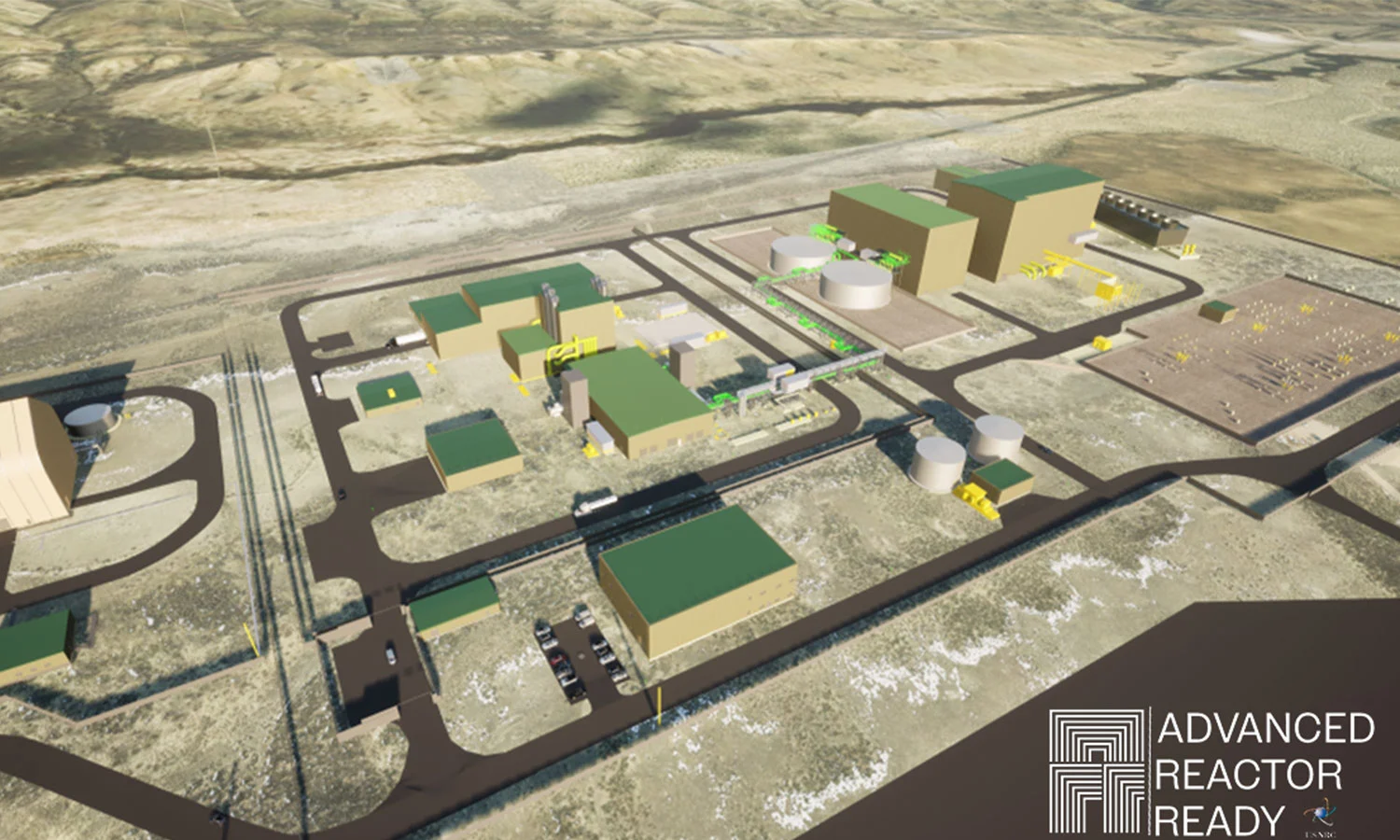A realistic understanding of their costs and risks is critical.
What are SMRs?
-
SMRs are not more economical than large reactors.
-
SMRs are not generally safer or more secure than large light-water reactors.
-
SMRs will not reduce the problem of what to do with radioactive waste.
-
SMRs cannot be counted on to provide reliable and resilient off-the-grid power for facilities, such as data centers, bitcoin mining, hydrogen or petrochemical production.
-
SMRs do not use fuel more efficiently than large reactors.
[Edit: If people have links that contradict any the above, could you please share in the comment section?]



The nice thing about nuclear waste is that it kind of just sorts itself out too. I half suspect not knowing what to do with it and kicking the can down the road is sort of the whole point. Nominally it’s pretty easy to deal with nuclear waste, you seal it up somewhere and leave it to not be radioactive any more. The problem is it takes a long time, and we don’t really know how to communicate to anyone 1000 years in the future “there’s nuclear waste here, stay the fuck away”. Making sure it’s an active topic for discussion kind of keeps it at the forefront and means it’s not forgotten about.
I also learned in that interview that after a relatively short period, the aggressive decay is over and you’re left with a barrel of waste that isn’t actually shooting off radiation very often.
Except that is hardly unique to nuclear waste. A wide variety of industrial processes produce high grade chemical waste, especially electronics like computers, solar panels, and inverters. This is just as deadly as any nuclear waste, and if stumbled upon will kill just as quickly in a hundred years, a thousand years, million years, or a billion years.
There is however a well established solution to this problem, and that is making sure the government knows what and where it is as well as that someone it monitoring and securing the site. The actual chemical makeup of the stuff that kills you doesn’t actually matter all that much compared to makeing sure it stays where it’s supposed to be.
You uh… want to give a single example of solar panel manufacturing waste that is as deadly as nuclear waste in a thousand years?
Humanity has never built anything that has intentionally lasted 10,000 years, much less 250,000.
It’s the height of arrogance to think your society will last a thousand times longer than any in the history of the world.
Arsenic, mercury, gallium, tellurium, and cadmium are all heavy metal waste products produced in quantity for semiconductor manufacturing, are commonly landfilled, pose extreme risk to human health if they ever managed to leach out of the landfill and into a aquifer, and being heavy metals have no non-nuclear method of decay. Given the primary risk of high grade nuclear is also that it is made up of toxic hevey metals that might be dangerous if lost to the local aquifer, it seems fair to compare the two.
Semiconductor manufacturing also makes heavy use of PFAS materials, which while less directly dangerous to human health still do end up measurably entering and contamating the environment through plant wastewater streams. Once in the environment, these also tend to last for between six hundred to a thousand years before being broken down or sequestered.
I don’t think my society will last a hundreds of thousands of years, but i’m pretty sure a society of people in the area will, and if not, then it isn’t a problem because evidently there is evidently no one around to harm. Structures like landfill barriers are not likely to last that long on their own, and as such it falls on people to renew and maintain them for as long as there are people around anyway. Hence why it is imperative that the local government knows about and monitors the site.
All of this is true regardless of which specific heavy metal or acid is stored at the site, though given the small quantity of nuclear waste makes up of similarly harmful industrial wastes it is going to be easier to manage on that face alone.
Obviously humanity hasn’t made anything that lasted tens of thousands of years, we weren’t building anything significant tens of thousands of years ago. We do however have plenty of local governments and buildings that have lasted thousands of years, and which are probably not going anywhere anytime soon.
I get your point, but Gobleki Tepe was built ~11,000 years ago, so we have built things meant to last tens of thousands of years.
You don’t know what those cave people were thinking when they drew those pictures.